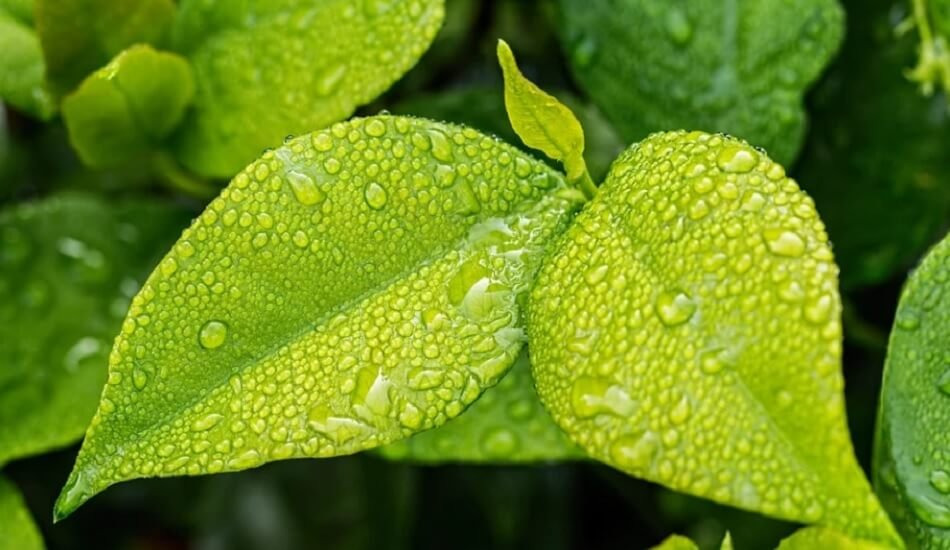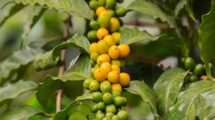After nearly 3-4 years, coffee-growing districts in Karnataka, the country’s top producer, are expected to receive timely pre-monsoon showers this year. Karnataka produces around 70% of the country’s coffee.
The pre-monsoon showers in March and April, nicknamed ‘blossom showers,’ are critical for causing coffee plants to flower. Following showers, known as backing showers, are critical for crop establishment after a fortnight. In the absence of pre-monsoon rainfall, coffee farmers irrigate their estates with enormous sprinkler systems to encourage blossoming.
Unseasonal rains as early as December-January-February hit these coffee-growing regions in recent years, affecting not just the harvest but also stimulating early flowering, resulting in uneven crop sets.
Also Read | Coffee farmers to earn extra money from their plants leaves all year-CFTRI.
Period of stress
After the harvest, coffee plants must go through a period of stress before they can begin blooming for the following season. According to farmers, the stress time for arabica plants is three months, while the stress period for robusta plants is 1.5-2 months. Any unseasonal rainfall during this stressful period causes early flowering, compromising crop prospects.
Over the last 8-10 days, rain has fallen in areas of the Kodagu, Chikkamagalur, and Hassan districts. In addition, more rain is forecasted in these areas, raising hopes among growers for a big crop in the 2022-23 crop year, which begins in October.
Over the last 8-10 days, rain has fallen in areas of the Kodagu, Chikkamagalur, and Hassan districts. In addition, additional rain is forecast in these areas, raising anticipation among growers for a big crop in the 2022-23 crop year, which begins in October.
‘For the first time in three or four years, the rains came at the correct moment this year. The majority of the coffee bloom has emerged and is currently looking fine,’ said N Ramanathan, Chairman of Karnataka Planters Association (KPA), the state’s apex producers’ organization. The rains in mid-March and early April are ideal for both robusta and arabica, he noted.
While the rains arrived at an opportune moment this year, according to N Bose Mandanna, a major grower in Suntikoppa, certain locations in Kodagu have received minimal rainfall so far. ‘By and large, 70-75% of producers are pleased with the rains thus far, while 15% are disappointed that they haven’t received any showers, and the remaining 10% are content with the modest amount of precipitation,’ he said.
In the last ten days, the Chikmagalur region has received good rains, averaging roughly three inches. Showers are not uniform across all growing zones, however, since some pockets have not gotten rain, according to Ramanathan.
While the rains arrived at an opportune moment this year, according to N Bose Mandanna, a major grower in Suntikoppa, certain locations in Kodagu have received minimal rainfall so far. ‘By and large, roughly 70-75% of producers are delighted with the rains so far,’ he added, ‘while 15% are disappointed that they haven’t received any rainfall and the remaining 10% are fine with the modest amount of precipitation.’
Robusta has a higher success rate
In Kodagu, while Arabica-growing areas have received minimal precipitation, Robusta crops have been well-covered by farmers and rains. ‘Farmers have taken good care of the plantations, and the prices are reasonable.’ In addition, unlike in prior years, there was no precipitation in January and February. Farmers were ready to begin sprinkling as a result. Those who had water were able to cover their territories because the water supply was plentiful thanks to last year’s rain. Furthermore, planters have taken care to develop water supplies, which has aided them,’ Mandanna explained.
Also Read | India’s Arabica 30% & Robusta 20% coffee production drop due to rain.
Some sections of Hassan and Chikkamagalur have got rains, according to Jeffrey Rebello, Vice President, UPASI and a farmer based in Sakleshpur, and additional rains are forecast in the coming days. ‘Rainfall varies a lot from place to place and even within a place,’ he remarked.
In its post-monsoon forecasts for the current coffee year 2021-22, which ends in September, the Coffee Board estimated a crop size of 3.48 lakh tonnes, including 2.49 lakh tonnes of Robusta and 99,000 tonnes of Arabicas.


















Add Comment